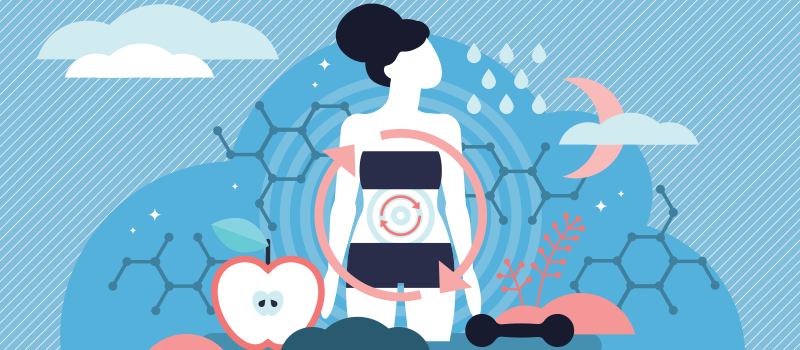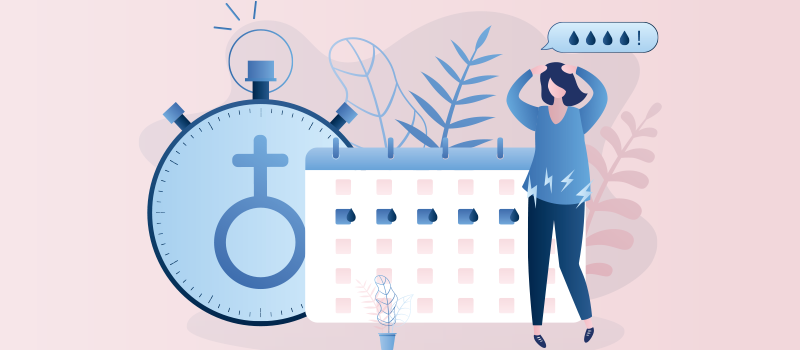What’s the Buzz
The Bee Healthy Blog
Dangerous Diets

For years we have seen new and old diet trends ebb and flow in the United States. Fad diets monopolize our television screens by ad space or through subversive promotion in shows and movies. Weight-loss brands take up retail space in our drug and grocery stores and “diet and fitness” books account for a good deal of self-help and lifestyle publications in bookstores. For all the help we have at our very fingertips, there are still 160 million people in the U.S. who are obese or overweight (adults and children). Maintaining a healthy weight starts with diet, but it’s important to talk with your doctor and choose one that’s right for you and sustainable in the long-term.
The Dangers of Keto, Paleo, and Atkins
“My sister lost 60 pounds in six months!”
“I lost 10 pounds in ten days!”
“The weight is coming off like never before!”
These are just some of the things that you may hear from people who decide to kiss carbs goodbye. The three most popular low-carb diets in the U.S. may lead to weight loss, but are they right for you?
Americans generally eat too many refined carbs and not enough complex carbs, too much sugar and not enough fiber. Low carb diets cut calories drastically and replace them with healthy proteins and fats that can result in significant and sometimes fast weight loss. Although they’re all low carb, the keto, paleo, and Atkins diets are quite different.
The Keto Diet is a low-carb, high fat diet in which a person enjoys any and all fatty foods they want while restricting carbohydrates drastically. The danger with the Keto Diet is that restricting carbs to less than 50 grams per day results in a state of ketosis—the goal of the diet. As your body enters ketosis, it responds with what has become known as “the keto flu” in which you have all the symptoms of regular influenza: body aches, fever, flushing, fatigue, vomiting, and diarrhea are common. When you maintain ketosis for an extended period of time, your physical performance begins to suffer, and for people with undiagnosed illnesses such as diabetes or pre-diabetes, a keto diet plan can cause ketoacidosis, a life-threatening condition that can cause permanent damage to essential organs.
The Paleo Diet brings humanity back to the caveman era. Carbs are restricted because processed foods are not permitted. Instead of the usual staples, paleo focuses on high-protein, healthy fats, and fruits and vegetables—just like the hunters and gathers. The problem with this type of diet is that the hunters and gathers of the Paleolithic Era had physically demanding lifestyles from sunup to sundown. Americans who have sedentary lifestyles and only exercise at the gym a few times per week do not need this type of diet high in fats and proteins, especially red meats and saturated fats.
The Atkins Diet is specifically branded as a low-carb diet. First, participants maintain a diet comprised of only 20 to 25 grams of net carbs per day. Then, slowly, this amount is raised to 80 to 100 grams per day. A healthy, balanced diet should include 225 to 325 grams of carbohydrates per day, according to Mayo Clinic, so both phases of Atkins are low-carb and will fail to provide enough sugar and fiber to your diet.
Too Good to Be True
The old saying goes, “if it’s too good to be true it usually is.” The best, most sustainable weight loss happens when a 2,000 calorie per day diet is maintained along with healthy activity and exercise, as well as medical oversight for conditions that contribute to weight gain and unhealthy eating habits. You may lose weight on a fad diet, but the weight will most likely return because the underlying cause of the weight gain is not addressed. If you suffer from an eating disorder, unhealthy eating habits, or serious and life-threatening weight gain, talk with your doctor about healthy weight loss options today.











SOCIAL